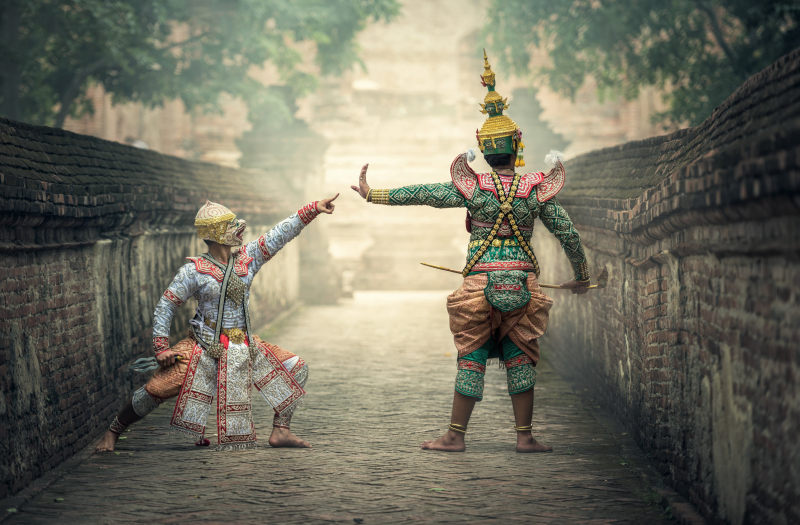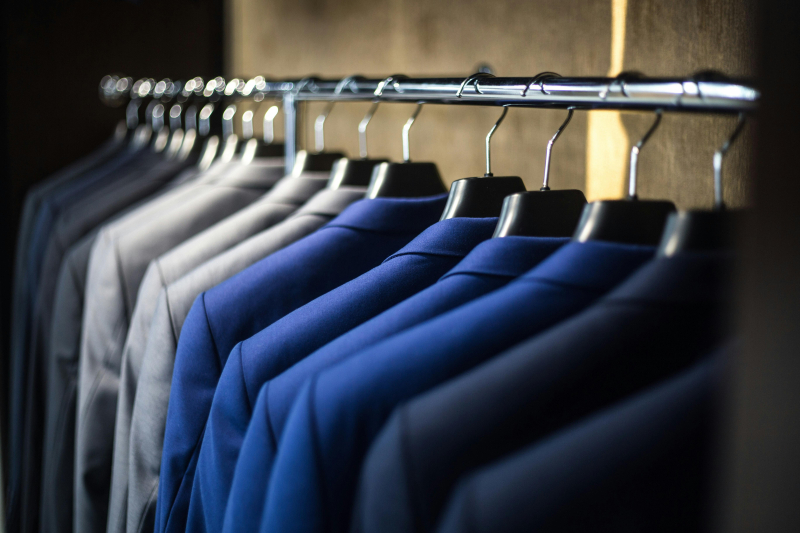Cultural Clothes and Everyday Clothes
Essay topic: Cultural Clothes and Everyday Clothes.
Answer:
Clothing serves as a vibrant expression of culture and personal identity, with cultural clothes and everyday clothes reflecting distinct aspects of life and style.
Cultural clothes encapsulate the unique attire associated with specific traditions and heritage. These garments often carry historical significance, embodying the values and customs of a particular community. Traditional clothing may be worn during special occasions, ceremonies, or to celebrate cultural festivals. These garments showcase intricate designs, patterns, and colors that convey a rich tapestry of cultural stories and artistic expression.
On the contrary, everyday clothes constitute the garments worn regularly for day-to-day activities. Everyday clothes prioritize comfort and functionality, adapting to the demands of various tasks and environments. They are often more practical and less elaborate compared to cultural attire. Everyday clothes are chosen based on personal preferences, trends, and individual comfort, reflecting a broader and more diverse range of styles.
One significant difference lies in the occasions for wearing these clothes. Cultural clothes are reserved for specific cultural events or ceremonies, acting as symbols of identity and heritage. These garments often mark significant moments in a person's life, reinforcing a connection to their cultural roots. Conversely, everyday clothes are versatile and suitable for a range of daily activities, from work and school to casual outings. They are chosen for their practicality in navigating the routines of everyday life.
Consideration should also be given to the design and aesthetics. Cultural clothes often feature intricate details, symbolic motifs, and craftsmanship that reflect the cultural identity they represent. These garments may be passed down through generations, becoming cherished heirlooms. Everyday clothes, while diverse in styles and trends, are generally more straightforward in design, focusing on comfort and ease of wear.
In conclusion, cultural clothes and everyday clothes offer distinct modes of self-expression. Cultural clothes celebrate heritage and traditions, serving as symbols of identity during special occasions. Everyday clothes, on the other hand, prioritize practicality and comfort for day-to-day activities, reflecting individual styles and broader fashion trends. Both forms of clothing contribute to the rich mosaic of personal and cultural expression through the language of attire.












